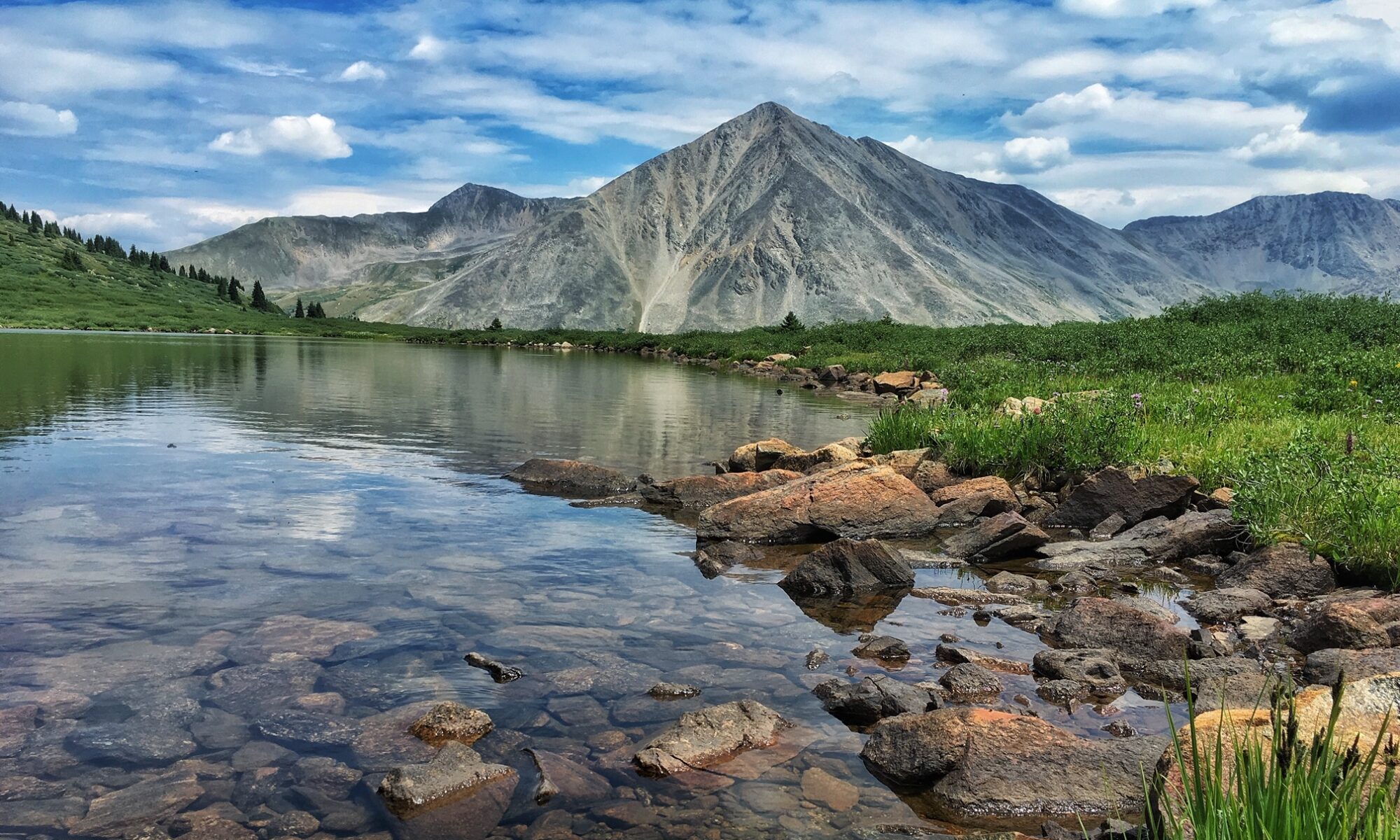Fly fishing gear has come a long way since I first started fly fishing in the late 1970s. Fiberglass rods have given way to graphite rods. Lightweight breathable fabric waders have replaced the body-hugging neoprene kind. Everything else from wading boots to reels reflect better technology. Fly fishing gear developments have made the sport a bit easier — if not more expensive.
Here are four noteworthy developments I’ve appreciated in the last decade or so. Some are arguably more significant than others. But each one makes the sport a bit easier for fly fishers — and even the fish we land.
4-piece fly rods
For years, two-piece fly rods were the standard. The first decent fly rod I purchased — an Orvis Silver Label — came in two pieces. The length wasn’t an issue except for backpacking trips to high mountain lakes.
Then, about the time I moved away from Montana, airline flights started charging for extra carry-ons. Thankfully, the four-piece rod became a thing about that time. Rod makers redesigned tapers and ferrules so that a four-piece rod performed as well as its two-piece counterpart.
Sure, some of the best casters can tell a difference between the way a two-piece and a four-piece rod handles. But most of us would be hard-pressed to figure out which is which if we did some casting with each one while blindfolded.
I am a big fan of the four-piece fly rod because its rod tube fits inside my suitcase. It also straps onto the side of my backpack frame without reaching into outer space.
Rubber nets
If you haven’t noticed, newer landing nets come with rubber netting. There are no strings attached.
This is a huge development for fish health for at least two reasons.
The first is obvious: Rubber nets flex, so they are less jarring to the fish than string nets. It resembles the difference between falling back onto your mattress (and the resulting bounce) and falling back onto your box springs (ouch!). Second, I suspect that rubber nets remove less mucus from a fish’s body than string nets do. That mucus is a vital protector of a fish’s skin.
Besides, I’ve noticed that the hook on my flies — especially the one the trout didn’t take on a two-fly rig — doesn’t get tangled in rubber webbing like it did in my stringed nets.
Foot Tractor Soles
Another great development was Patagonia’s Foot Tractor boot soles. There’s nothing like felt soles for traction on slippery rocks. But felt has fallen out of flavor (and is illegal in some watersheds) because of concerns about how it might trap microorganisms and transport them to the next river you fish.
However, before you rush out to buy a new pair of wading boots, you need to be aware of another new development. Patagonia’s Foot Tractors have retailed for the past few years at about $279. That price is hefty enough, but I could justify it for the sake of safety. Now Patagonia has collaborated with Danner Boots to produce a beautiful pair of leather wading boots with the patented Foot Tractor soles. But these boots retail at $549. Gulp!
Unfortunately, the “old” model is being phased out. You might want to buy the “old” model on closeout — if you can find them. I did that recently so I’ll have an affordable pair when my current pair of Foot Tractors wears out.
Zip-front Waders
I like this new development!
Admittedly, I haven’t purchased a pair of zip-front waders yet. But I’m going to consider them when my current waders wear out. Waders with a waterproof zipper make it easier to get in and out of them, as well as to answer the call of nature.
There is one downside. Yes, you guessed it—zip-front waters cost more than the traditional kind. However, I recently saw a pair of Cabela’s zippered waders for $149.
Honestly, fly fishers do not need every new gadget or model that shows up on the floor of a fly shop or the pages of an online store. But there are a few gear developments that make fly fishing a more satisfying experience — for both fly fishers and fish.











